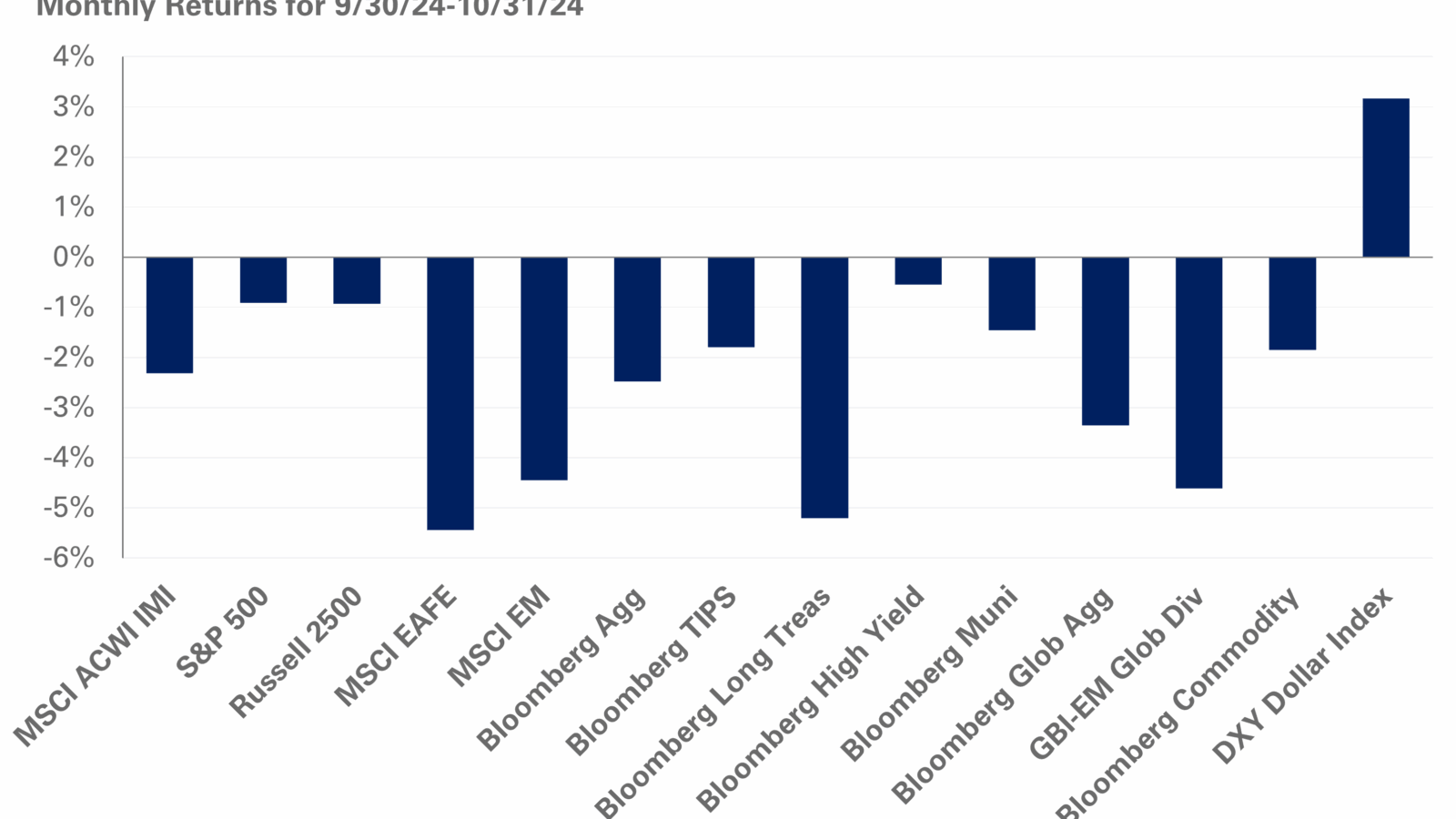July’s blockbuster jobs report comes amid surging inflation, rising interest rates, a volatile stock market and contracting GDP growth. We turn to Phillip Nelson, NEPC’s head of asset allocation, to make sense of this investment landscape.
What does the data tell us about the relative health of the job market? How should investors view the report?
At this point, the overall job market is very healthy, and, in fact, many would say it’s overheating.
For investors looking to the data for signs of a recession, we believe the unemployment rate would have to rise quite significantly for us to say the job market is weakening and posing a threat to the economy. A key data point we are looking at in this space is the pace of wage gains, which continue to rise.
We would encourage investors to focus on the likely path of inflation and the Federal Reserve’s interest rate hikes in the next 12-18 months. To us, that’s what is driving the market volatility.
What are the three most important economic indicators you’re currently watching?
We are looking at changes in month-over-month core inflation (excluding energy prices). We are also focusing on surveys around consumer expectations of inflation; if inflation becomes entrenched in people’s minds, it can adversely impact consumer sentiment and spending, creating a drag on the economy. In addition, we are keeping an eye on how inflation and economic uncertainties are flowing through corporate earnings guidance for 2023.
There seems to be a disconnect between the job market and real GDP (which has been negative). What is the root cause of this disconnect?
To be honest, no one knows. There’s a Nobel Prize waiting to be won for de-mystifying the labor market on the back of the COVID-19 pandemic! We may be technically in an economic recession but, historically, it’s hard to say you are in a genuine recession when there is economic weakness without a softening labor market.
For questions on your portfolio or asset allocation policy, please reach out to your NEPC consultant.



